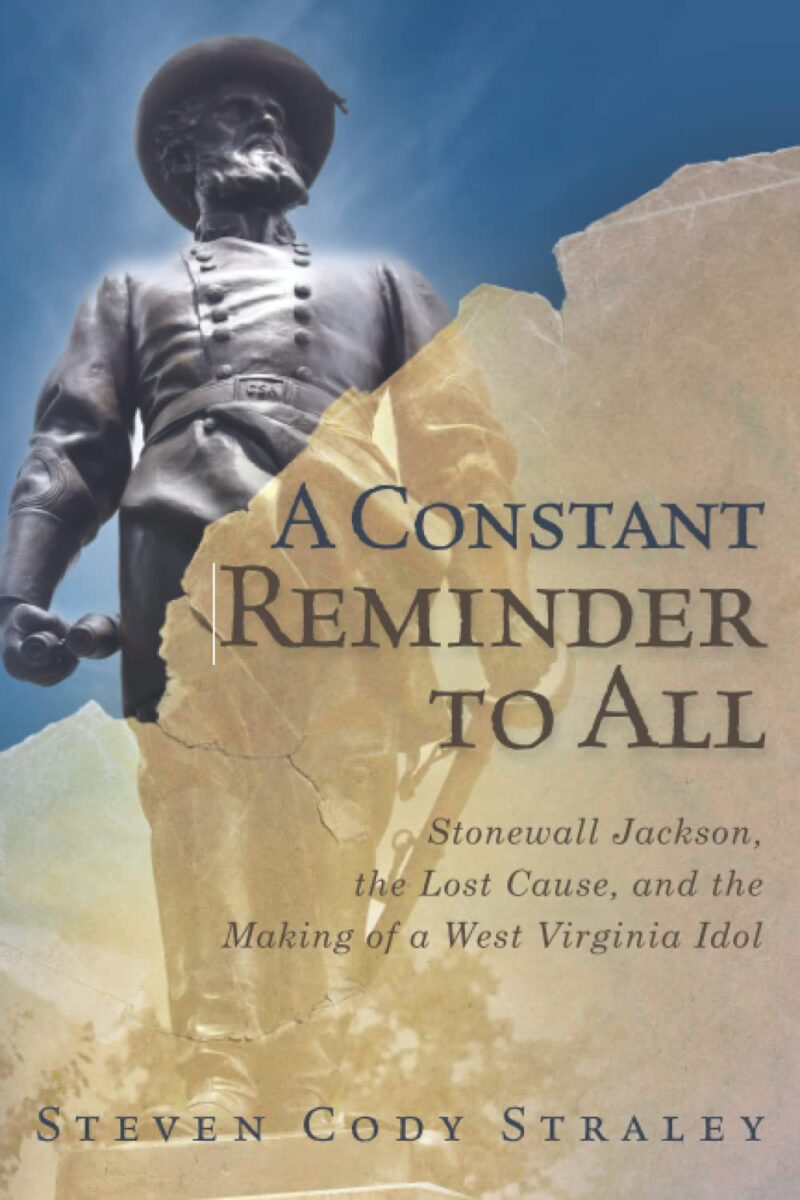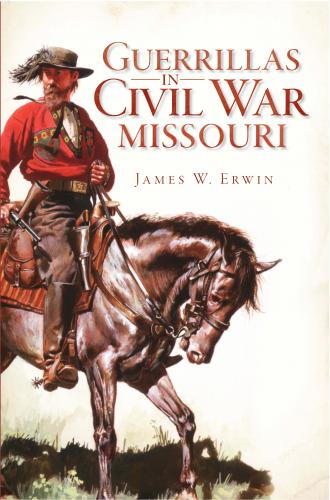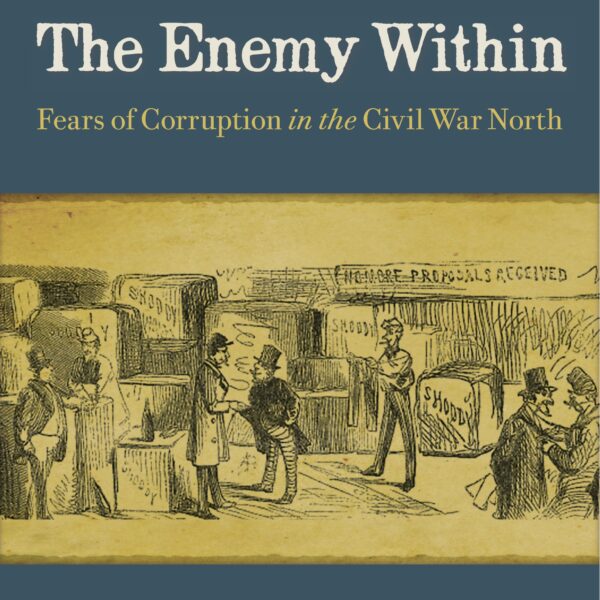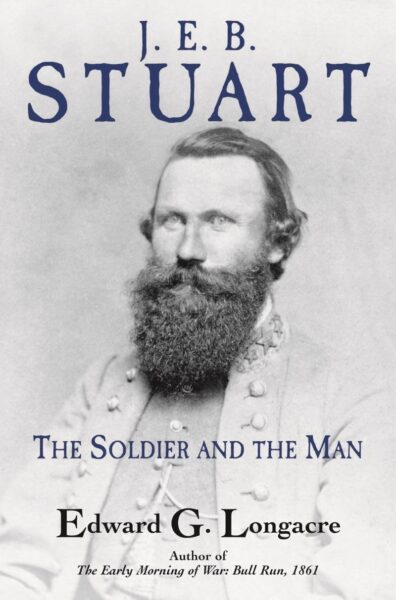The historian E. Merton Coulter famously quipped that Kentucky “waited until after the war to secede from the Union.” Though neighboring West Virginia “seceded from secession” during the Civil War—adding a thirty-fifth star to the federal flag in 1863—culturally and politically, the state followed Kentucky’s path and joined the Confederacy in the twentieth century. Rather than recall their state’s stanch Unionism and legacy of loyalty in the face of rebellion, West Virginians, reeling from the effects of industrialization and dogged by negative stereotypes, found balm in the Lost Cause mythology. Without irony, they embraced Confederate general Thomas Jonathan Jackson, born in Clarksburg, as the state’s historical “icon.” Steven Cody Straley, an eighth-generation West Virginian, tells that story ably in A Constant Reminder to All: Stonewall Jackson, the Lost Cause, and the Making of a West Virginia Idol.
While Straley’s is not the first book to address Thomas Jonathan Jackson and historical memory, his is the first to focus exclusively on the West Virginia aspects of the general’s story.[1] Straley’s book adds to the sprawling literature on Civil War memory, but no less importantly to a growing literature on the Civil War and its legacy in the Mountain State.[2]
How did a state born of Unionist loyalties come to revere one of Lee’s lieutenants? First, in the early 1870s, the Flick Amendment restored political rights to the state’s former Confederates—a move that elevated ex-rebels to state offices. Second, Confederate heritage groups—chapters of the United Daughters of the Confederacy and Sons of Confederate Veterans—proliferated around the state. But most importantly, the Lost Cause myth appealed powerfully to those who ached for the supposedly “simpler” times before industrialization. (It appealed no less powerfully to those who resented the state’s increasing racial and ethnic diversity). The Lost Cause triumphed in West Virginia by working to decouple the war’s cause from the alleged character of the men who fought in grey. After all, West Virginia was a “young state” in need of a “popular historical celebrity” (56). West Virginians could hold up the famous Jackson’s alleged piety, resolve, and tactical acumen without engaging questions about the cause for which the general fought—and died. So it was that Jackson became an unlikely son of West Virginia.
In 1910, Confederate heritage organizations achieved their most symbolic victory by mounting a Jackson statue at the West Virginia State Capitol in Charleston. Many in attendance at the dedicatory exercises donned “Lily White” buttons, signaling their support for Black disfranchisement. The Lost Cause was always a white supremacist project; its most stunning success was its ability to persuade people that it wasn’t.
Even as it advanced a reactionary politics of race, the Lost Cause “downplayed the significance of Jackson’s loyalty to Confederate Virginia” in the Mountain State (69). This became increasingly true in the twilight of the twentieth century, when local historians, boosters and entrepreneurs were likelier to emphasize the general’s “personal character” than his fealty to the Confederacy (73). Jackson became such an enduring symbol of West Virginia that “new monuments in his honor were [neither] widely questioned nor defended” (91). State history textbooks “normalized” the general and glossed over his decision to commit treason. Indeed, Jackson living memorials survived two recent waves of Confederate monument removals. Unironically, “many of the state’s residents still adhere to the mindset that Jackson should be honored as a West Virginian (and not a Confederate),” Staley writes (117). Popular myths effaced hard, historical realities.
While the immediate fate of Jackson monuments within West Virginia appears settled, Straley is hardly satisfied. He contends that a fuller accounting of West Virginia’s history—including the insidious handiwork of the Lost Cause—ought to inform conversations about the future of the state’s commemorative landscape. The depoliticized Jackson was, of course, always political. In the end, Straley writes, “West Virginians will have to reconsider what aspects of their state they want to present to the world” (117).
Brian Matthew Jordan is associate professor and chair of the Department of History at Sam Houston State University. His most recent title, co-edited with Jonathan W. White, is Final Resting Places: Reflections on the Meaning of Civil War Graves.





